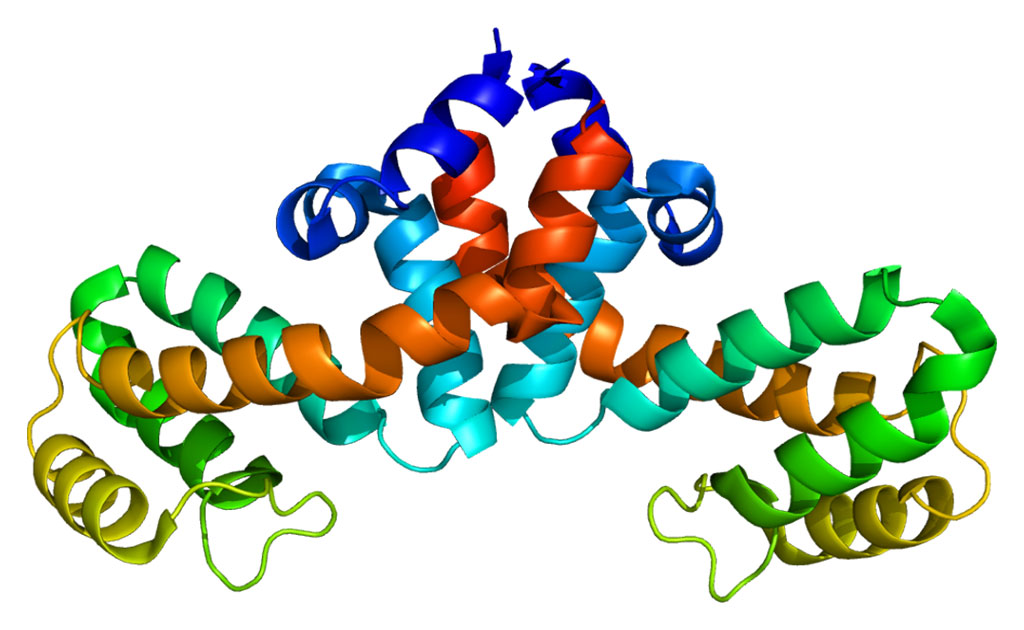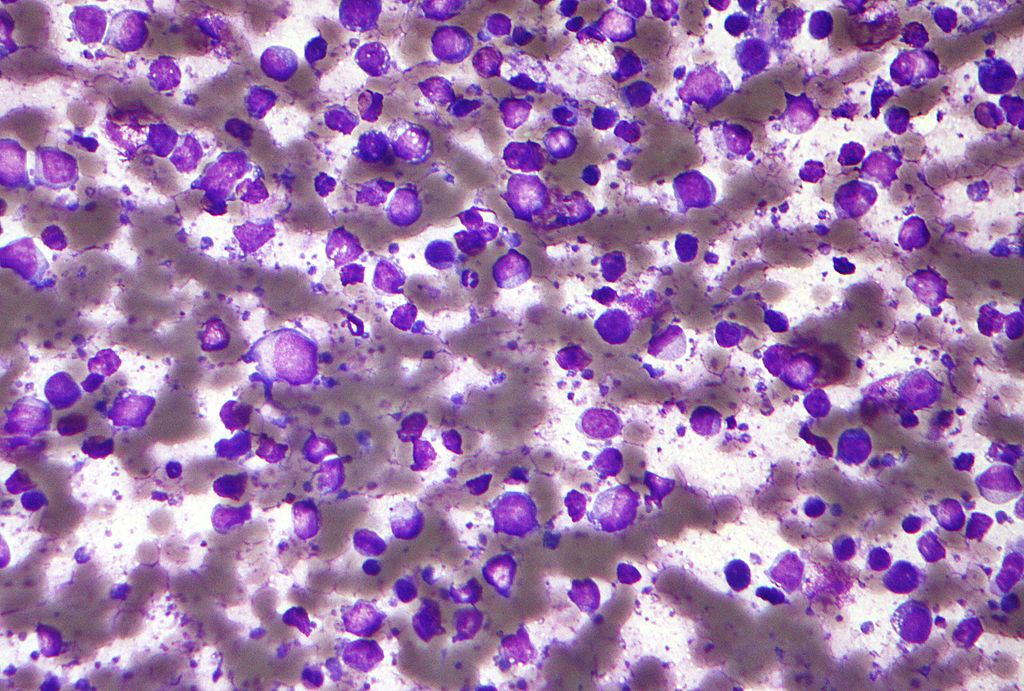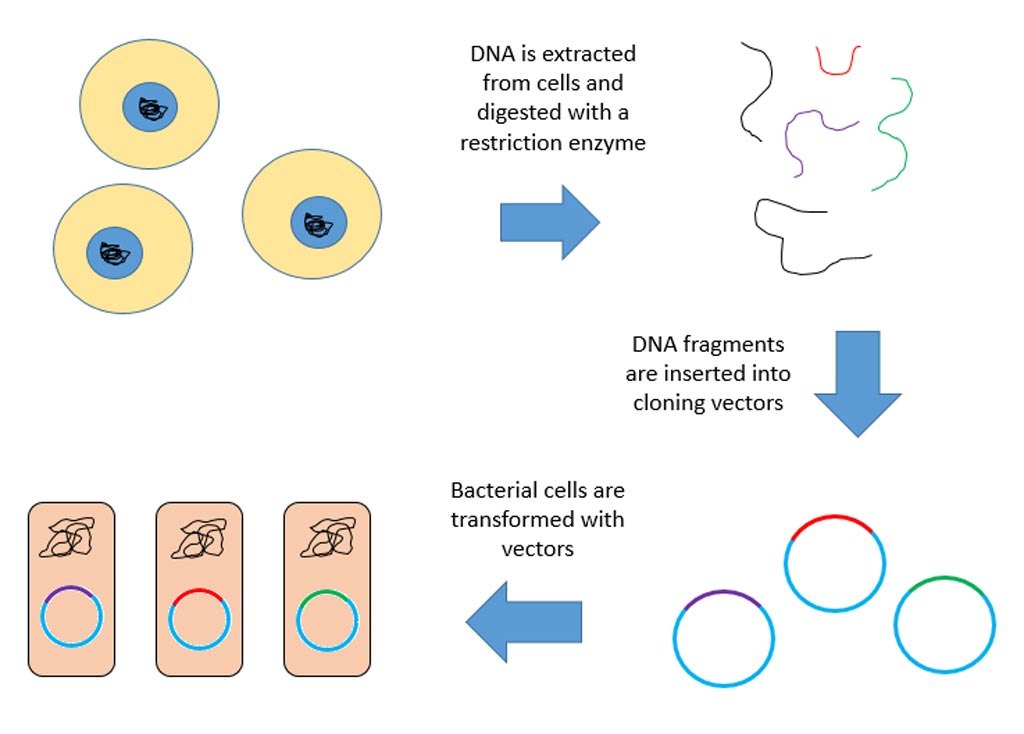Dynamic Light Scattering Allows Measurement of Allosteric Transitions of Single Molecules
By LabMedica International staff writers
Posted on 30 Jul 2012
A biotech research laboratory used a state-of-the-art dynamic light scattering (DLS) system to study structural rearrangements in single Escherichia coli proteins.Posted on 30 Jul 2012
Investigators at the National Autonomous University of Mexico (Mexico City, Mexico) relied on a Malvern Instruments (Malvern, United Kingdom) Zetasizer µV dynamic light scattering (DLS) system to analyze allosteric transitions (molecular rearrangements) in the hexameric glucosamine-6-phosphate deaminase protein from E. coli, which changes its shape to a more compact form upon allosteric-activator binding. This change can be measured with an instrument such as the Zetasizer.

Image: The Zetasizer µV dynamic light scattering (DLS) system (Photo courtesy of Malvern Instruments).
The Zetasizer series of instruments measures particle and molecule size from below a nanometer to several microns using dynamic light scattering, zeta potential, and electrophoretic mobility using electrophoretic light scattering, and molecular weight using static light scattering. In addition, the system can be connected to a GPC (gel permeation chromatograph)/SEC (size exclusion chromatograph) system to use as a chromatography detector.
“We use the Zetasizer µV to characterize the size of proteins and how they interact to produce multimeric forms or even supramolecular arrangements of the protein such as viral capsids,” said Dr. Ismael Bustos-Jaimes, professor of biochemistry at the National Autonomous University of Mexico. “The Zetasizer µV allows us to work with sizes in the range of one nm to 500 nm and follow each assembly and stability parameter, such as pH, temperature, and ionic strength, guiding us to the optimal production conditions for these virus-like particles.”
“The Zetasizer µV software is user-friendly and in addition to measuring particle size it delivers information about the quality of sample preparation. This is very important when you work with molecules, which are prone to uncontrolled aggregation,” said Dr. Bustos-Jaimes.
Related Links:
National Autonomous University of Mexico
Malvern Instruments













